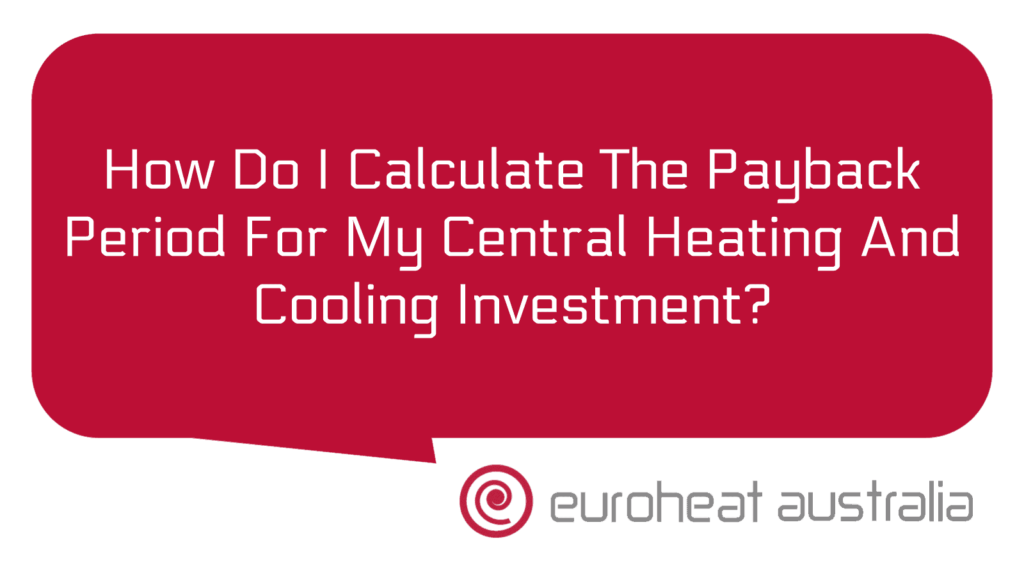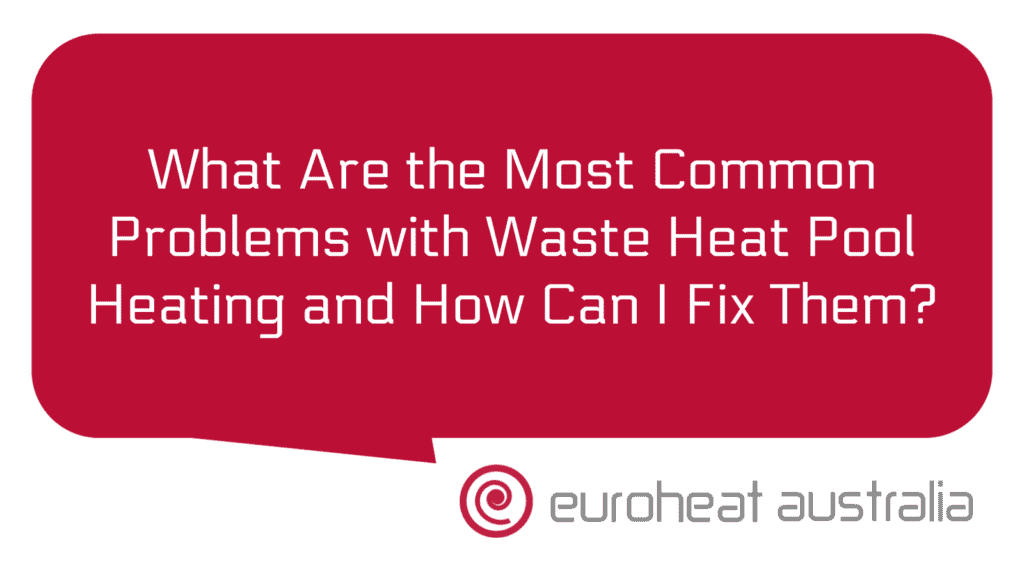When it comes to heating your home, there are lots of options available, but for those looking for a more efficient and cost-effective way to keep warm, radiator heating is increasingly becoming the go-to option. But what is the difference between a vertical and horizontal radiator? Here, we take a look at what you need to know about both types of radiators, their benefits, and why Euroheat Australia may be the perfect choice for your needs.
Vertical Radiators
Vertical radiators are long and narrow, usually extending from the floor up to the ceiling. They are designed to provide heat in a focused area in order to reduce energy costs and increase efficiency. Generally speaking, vertical radiators are generally more energy efficient than their horizontal counterparts as they don’t lose as much heat in relation to the amount of space they occupy. They also offer greater control over temperature as they often come equipped with adjustable thermostats which allow you to tailor the temperature according to your needs.
Horizontal Radiators
Horizontal radiators are typically wider than vertical radiators and have a lower profile against walls or furniture. They provide a more even spread of heat throughout an area than vertical radiators and can be used in larger rooms or spaces where multiple people will be present at any one time. Horizontal radiators also provide greater flexibility when it comes to installation options as they can be mounted on walls or placed on floors without taking up too much space.
Benefits Of Installing Radiator Heating
When it comes to installing radiator heating, there are plenty of benefits that should not be overlooked. Firstly, radiator heating is often more cost-effective than other forms of heating such as gas central heating due to its higher efficiency levels; this means you’ll save money on energy bills over time while still keeping your home warm and comfortable during cold winter months.
Radiator heating is also incredibly easy to install and maintain; all that’s required is minimal plumbing work that can be done by an experienced engineer or installer such as Euroheat Australia who design & construct hydronic heating & cooling systems with 30 years of experience. And finally, radiator heating is incredibly safe; unlike gas central heating systems which require regular maintenance checks due to potential safety risks posed by carbon monoxide leaks etc., radiator systems do not pose any such risks so you can rest assured that your family will remain safe and comfortable at all times when using them throughout winter months.





